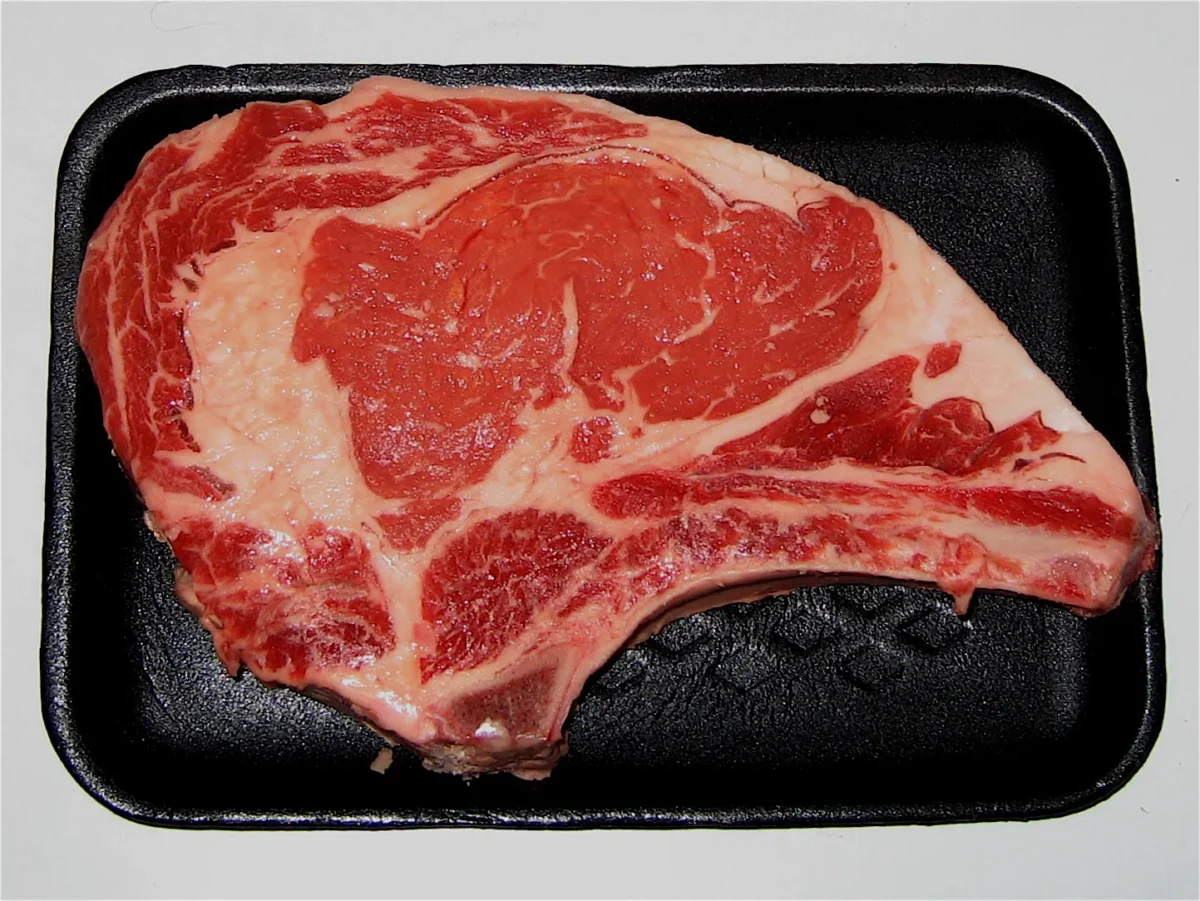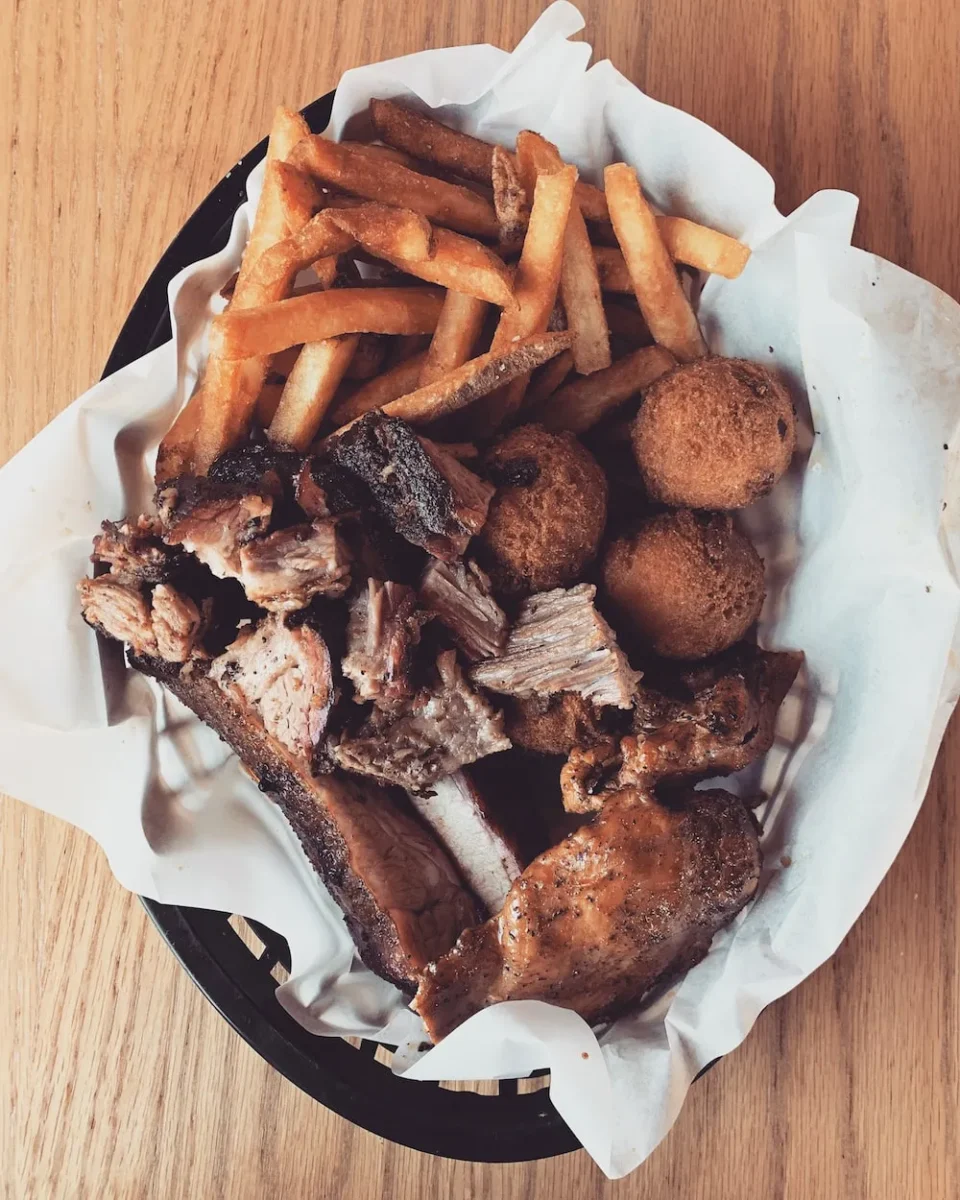Neighborly Grilling Tips: Perfectly Reheating Prime Rib for Beginners
If you’re new to grilling and barbecues, you might not realize how important it is to properly reheat prime rib. After all, you don’t want to waste a perfectly good cut of meat by making it dry and flavorless. That’s why we’re here to help. As your neighbor and an expert griller, we’ve got some tips and tricks for reheating that prime rib just right. In this article, we’ll cover everything from understanding the importance of proper reheating to different methods for retaining moisture and flavor. We’ll even give you some suggestions for pairing your perfectly reheated prime rib with the perfect side dishes. So grab a seat, and let’s get started!

Understanding the importance of properly re-heating prime rib.
Properly reheating prime rib is a crucial step to ensuring that this delectable dish retains its succulent flavor and tenderness. For grilling enthusiasts who are new to the art of barbecuing, understanding the importance of proper reheating can make all the difference in serving up a mouth-watering meal.
First and foremost, it’s important to understand that prime rib is a delicate cut of meat. It requires just the right amount of heat and timing in order to bring out its full potential. Reheating it improperly can result in tough, dry meat that lacks flavor.
To properly reheat prime rib, start by preheating your oven or grill to 250-275 degrees Fahrenheit. Place your leftover prime rib on an oven-safe baking sheet or aluminum foil-lined tray and cover tightly with foil.
For best results, add a small amount (about ¼ cup) of beef broth or stock before covering with foil – this will help keep your meat moist during reheating without compromising its texture or taste.
Once you’ve covered your prime rib with foil and added any necessary liquid, place it into your preheated oven for roughly 20 minutes per pound until heated through thoroughly – using an instant-read thermometer can ensure you have achieved internal temperature around 130 degrees Fahrenheit for medium-rare doneness level which is perfect for Prime Ribs!
It’s also important not to rush things when reheating prime ribs as overcooking them will change their texture from tender juicy goodness into dry roasts ready only for sandwiches! Be patient while waiting for desired temperatures – trust me; patience pays off big time here!
In summary: Properly reheated Prime Rib should be brought back up slowly at low temperatures so as not too overcook & ruin what was originally such flavorful beef delightfulness . By carefully following these simple steps including adding some extra moisture ahead if
Different methods for reheating prime rib?
When it comes to reheating prime rib, there are a variety of methods that can be used based on personal preference and available equipment. As a seasoned grilling enthusiast, I’m here to impart my expertise to those new to the world of barbecues.
One option is using the oven method – simply preheat your oven to 250°F, wrap your prime rib in foil and place it on a baking sheet. Cook for about 10 minutes per pound until heated through.
For those who prefer a bit more char on their meat, using the grill is another great option. Start by heating up one side of your grill while leaving the other side cool for indirect heat. Place your prime rib over indirect heat and cover with foil for about 10-15 minutes before moving it over direct heat for an additional couple minutes per side.
If you have access to a smoker or pellet grill, this can also be an excellent way to add extra flavor when reheating your prime rib. Set up your smoker at around 225°F and smoke until heated through – roughly half an hour depending on size.
Ultimately, whichever method you choose will depend largely upon what equipment you have available as well as personal taste preferences. With these tips in mind though even someone new grilling can become an expert!
Tips for retaining flavor and moisture when reheating.
Retaining the flavor and moisture of prime rib when reheating is a crucial step for any grilling enthusiast. Whether you’re new to the world of grilling or an experienced expert, these tips will help you achieve that perfectly reheated prime rib every time.
Firstly, avoid using a microwave at all costs. Microwaving your prime rib will result in dry and chewy meat that lacks flavor. Instead, opt for slow heating methods such as oven baking or sous vide cooking.
When oven baking, preheat the oven to 250°F and wrap your prime rib in foil before placing it on a baking sheet. This method helps trap moisture inside the foil while slowly heating up the meat without drying it out.
Alternatively, sous vide cooking involves sealing your prime rib in an airtight bag and immersing it into water at precisely controlled temperatures until heated through evenly. This method ensures maximum retention of both flavor and moisture while preventing overcooking.
Another important tip is to use leftover juices from previous cookings when reheating your prime ribs; this not only adds more flavors but also keeps them moist during warming up.
Lastly, ensure adequate resting time after thawing before reheating so that they reach room temperature; this allows even heat distribution during reheat without compromising their texture quality.

« how to clean fire extinguisher residue from your grill
Deco Chef Outdoor Pizza Oven Review: Is it Worth the Investment? »
By following these simple tips learned from my years of experience as an expert grill master next door neighbor , you can retain both taste buds’ desires satisfaction with juicy mouth-watering deliciousness each time!
How can I safely store leftover prime rib for future use?
Ah, prime rib. The king of meats. There’s nothing quite like a perfectly cooked prime rib, but what do you do with the leftovers? Fear not, my grilling enthusiast friends! I am here to teach you how to safely store your leftover prime rib for future use.
First things first – don’t let that precious meat sit out at room temperature for too long. Bacteria can grow rapidly in temperatures between 40°F and 140°F, so it’s important to get that meat into the refrigerator as soon as possible.
Before storing your leftover prime rib in the fridge, make sure it has cooled down completely (this will also prevent condensation from forming inside your storage container). Wrap it tightly in plastic wrap or aluminum foil and place it in an airtight container or resealable bag. This will help prevent any odors from seeping into the meat and keep moisture out.
When properly stored in this manner, leftover prime rib can last up to four days in the fridge without losing its flavor or texture. If you need more time than that before reheating your leftovers (shame on you!), consider freezing them instead.
To freeze your leftover Prime Rib – wrap each piece individually with plastic wrap and then foil; place these wrapped pieces inside freezer bags; be careful when squeezing air out of bags because frozen beef is fragile; write date on each package so they are easy to identify later
When ready to reheat those delicious slabs of beefy goodness , take them out of their storage container/ freezer bag / wrapping . Allow it thaw completely by leaving at room temperature for around an hour before reheating (or defrost overnight if frozen).
If you want juicy flavorsome ribs every time then follow these steps: preheat oven broiler on high heat ; set rack about six inches away from heating element ; Place strips onto wire rack
Pairing suggestions to complement reheated prime rib?
When it comes to reheating prime rib, the process can be tricky. But fear not, fellow grilling enthusiasts! There are plenty of pairing suggestions that can take your reheated prime rib to the next level.
First and foremost, consider adding a bold red wine to complement the rich flavors of the meat. A Cabernet Sauvignon or Bordeaux would do just the trick. For those who prefer beer over wine, opt for a dark ale or stout that will bring out the savory notes of your reheated prime rib.

In terms of sides, don’t shy away from indulging in decadent options like creamed spinach or garlic mashed potatoes. These classic side dishes pair perfectly with hearty meats like prime rib and will leave you feeling satisfied and content.
But why stop at traditional sides? Get creative by incorporating unexpected flavor profiles into your meal such as roasted root vegetables with honey glaze or truffle macaroni and cheese. The possibilities are endless!
Lastly, consider finishing off your meal with a luxurious dessert like chocolate lava cake or crème brûlée – because let’s face it, there’s always room for dessert!
With these pairing suggestions in mind, even someone new to grilling can impress their guests with an expertly paired meal featuring reheated prime rib as its centerpiece. So fire up that grill (or oven) and get ready for a truly satisfying culinary experience!
Conclusion
Reheating prime rib doesn’t have to be a daunting task. With the right method and ingredients, you can reheat prime rib like a pro. Take your time to review the methods mentioned in this article and make sure that when it comes time for grilling season, you’re prepared! Have questions? Reach out – I’m here to help!










